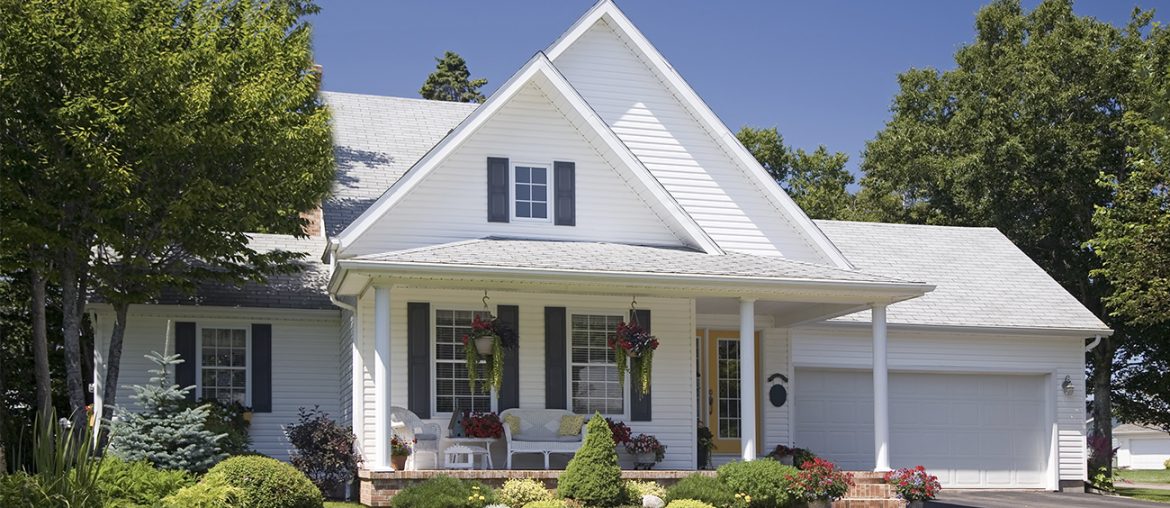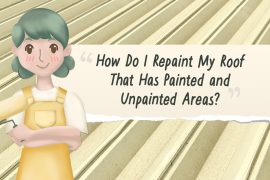The most common number associated with sustainability is zero. In the coatings industry, many of us have worked on achieving targets for Zero VOC, Zero Waste, Net Zero Emissions. The use of the number zero to represent our sustainability targets is a reflection of our industry’s sustainability paradigm that traces its roots to the principles of green chemistry laid out back in 1998. We think of sustainability in terms of “doing no harm” to health and the environment in the products we make and how we make them, with zero harm being the ultimate target.
[…]
Pacific Paint (Boysen) Philippines, Inc. the largest paint manufacturer in the Philippines, has adopted this expanded notion of sustainability [—to not just be net neutral but actually be a net positive.] In addition to implementing programs to make green paints in a green way, the company is using coating products to help address two critical environmental challenges in the Philippines—air pollution and climate change.”
[This is the second part of a 2-part article. Click on this link to read Part 1. – Ed.)
Rooflecting Climate Change
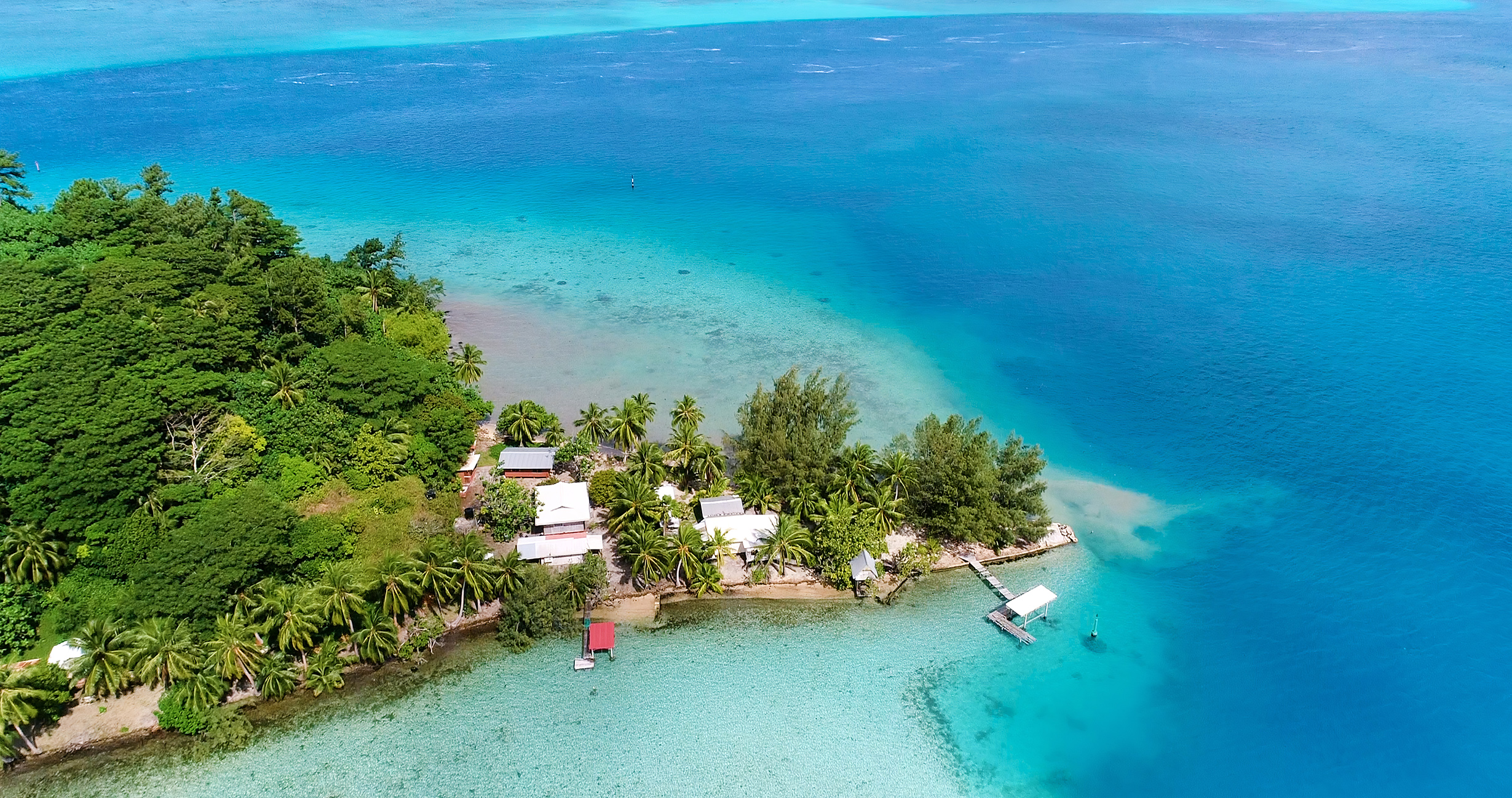
Climate change has been called the defining crisis of our time by the United Nations, and a report from the Institute for Economies and Peace has identified the Philippines as the country most at risk from the climate crisis. While most climate change mitigation strategies such as moving away from fossil fuel based sources for energy and transport are beyond the influence of most individuals, our industry has a very accessible product that scientists have identified as an easy, cheap and effective way to help fight climate change—white roof paint.
Scientists have been telling us for many years that white roofs not only help cool down our cities and ultimately the planet. White roofs reduce heat entering a building, lowering air conditioning requirements, and even increase efficiency of solar panels, thus reducing greenhouse gas emissions.
White roofs also lower heat going to the city, reducing not just the island effect but also the production of ozone and smog in our cities. Most importantly, white roofs increase the earth’s albedo, reflecting heat energy from the sun back into outer space where it cannot be trapped by greenhouse gases.
Stephen Chu, the Nobel Prize winning scientist and former U.S. energy secretary, pushed for painting white roofs and driving white cars in a climate change symposium attended by 20 Nobel Prize winning scientists way back in 2009. The California Energy Commission did a study that estimated that a 93 m² roof could offset 10 tons of CO₂ emissions over 20 years. A 2012 study by Concordia University estimated that painting roofs white and using light-colored materials to surface roads and pavements would offset the amount of CO₂ generated by all the cars in the world for 50 years.
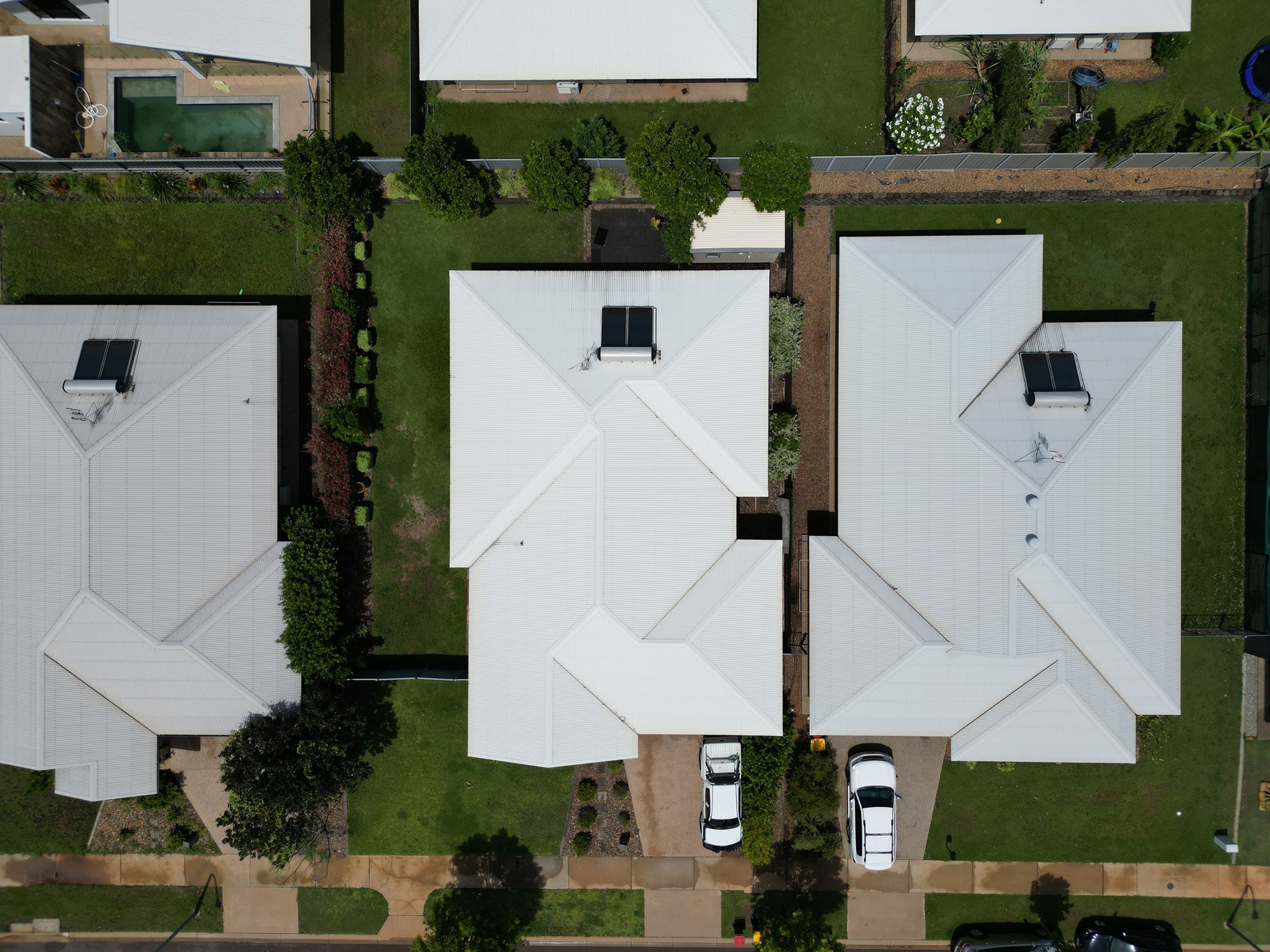
In the Philippines, the most popular form of residential roofing are galvanized iron sheets that are usually repainted every five to 10 years. Historically, there has been a preference for dark colored roof paints—about 90% of all roof paints sold are dark greens, reds or blues. Knowing that most people prefer to repaint their roof in the same color, Boysen provided more reflective versions of dark colored roof paints using infrared reflecting (IR) pigments under its Cool Shades line.
However, the total solar reflectance of those colors were still significantly lower than Cool Shades White, which has advanced dirt pick up resistance properties to extend its reflective properties. Given the gravity of the climate crisis, we wanted to help our customers understand that the most effective way they could do their share in the fight against climate change was to repaint their roof white and turn it into a “rooflector”.
To get the message across, Boysen partnered with the country’s Climate Change Commission to launch the Paint It Light Initiative for Climate Change Consciousness Week back in November 2013. To help people visualize the power of white roofs, Boysen is undertaking one of the first large scale white roof community repainting projects in the world specifically to fight climate change. In a community in Baguio, which has been identified as the most vulnerable city to climate change in the country, more than 700 homes are having their roofs repainted white to create a “Rooflector Village.”
The project has been delayed by lockdowns brought about by the pandemic, but the hope is that seeing a community of white roofs will inspire Filipinos to put rooflectors in their own communities, and eventually white roofs can be the new normal in the Philippines, the way they have been for generations in some European towns.
From Zeroes to Heroes
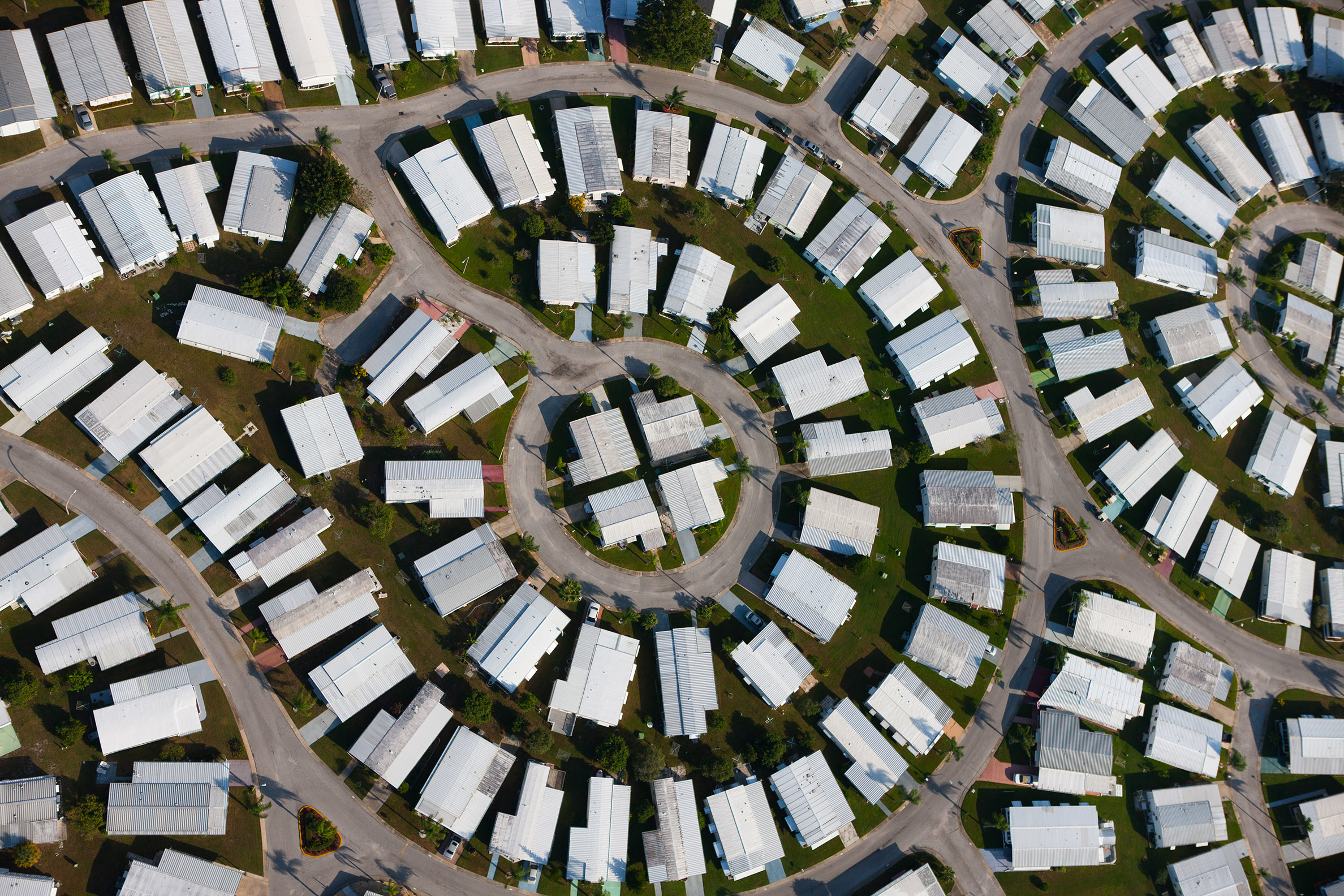
Coatings have long been used to protect and beautify the world around us, but technical advances have now added functionality that enable them to improve the conditions around us. This capability to provide ordinary people with easily accessible products that can help cool the planet or clean the air opens up an exciting new frontier of sustainability for the coatings industry. In addition to our current internal focus on making our companies greener and safer, we can expand our concept of sustainability to think about how our products can be used in the external environment to help make our communities, our cities, and ultimately our planet greener and safer.
For people aspiring to be part of the solution to some of our most pressing environmental concerns today, our industry can provide them with innovative tools to do so. And because painting is a relatively common activity, we have the power to transform ordinary people into sustainability heroes by choosing a product that makes the strongest positive environmental impact.
A homeowner can repaint their dark roof white to offset his carbon emissions. A logistics company can paint air purifiers along a busy roadway to neutralize the NOx emissions of its vehicle fleet. Our industry becomes an enabler and a partner in helping others achieve their sustainability goals, while increasing the positive sustainability impact of the coatings industry at the same time.
There are many innovative and exciting sustainability programs in the coatings industry today that are reducing our footprint on the environment. But if we limit the ultimate goal of our sustainability work to benign harmlessness, we would be selling the potential of our industry short. The coatings industry is uniquely positioned to achieve sustainability goals on two fronts—minimizing the negative environmental impact of our operations, while simultaneously maximizing the use of industry products that have a positive impact on the environment. The exigency of our environmental crisis today calls for us to put our best efforts on both fronts. While our companies work on the road to zero, we need to make as many heroes among our customers as we can to help the cause.
(Reprinted from Coatings World, April 2023).

